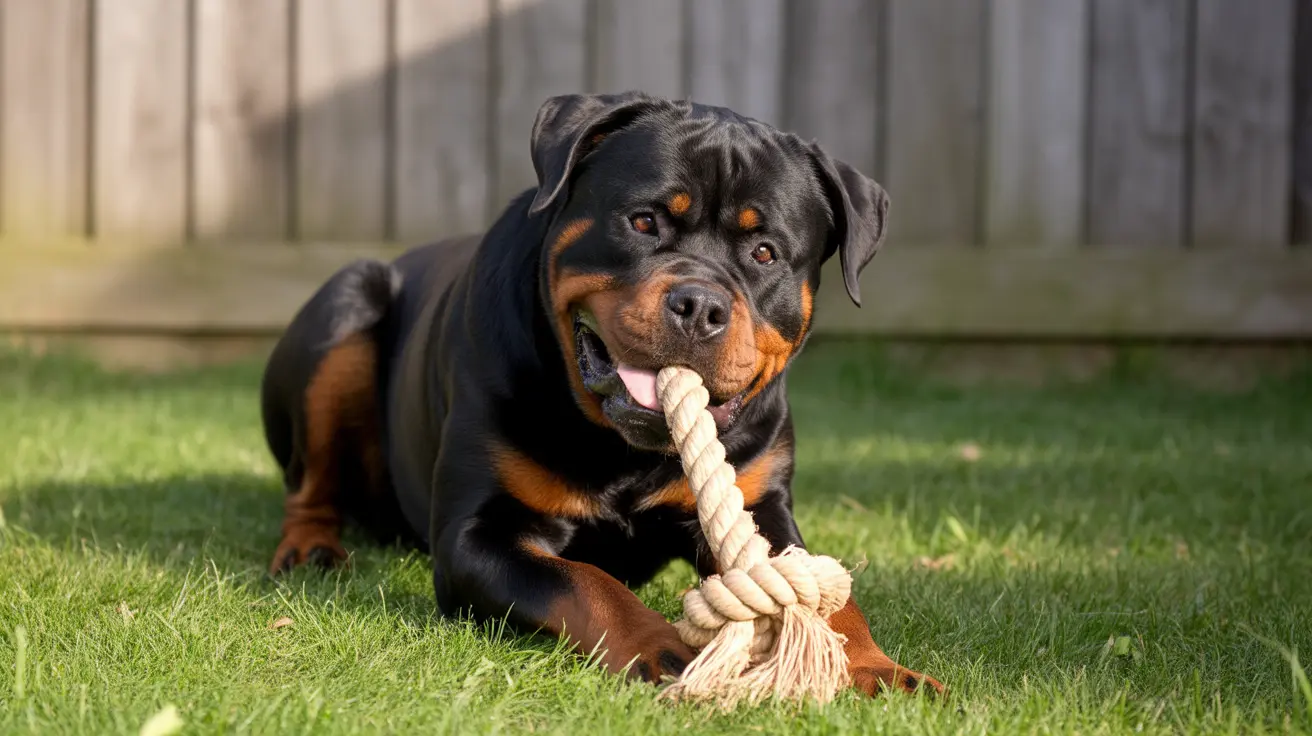How to Stop Compulsive Licking in Dogs
Dogs naturally lick as a form of grooming, communication, and affection. While occasional licking is normal, compulsive or excessive licking can indicate underlying medical or behavioral issues. Understanding the root cause and applying appropriate solutions is essential for your dog's well-being.
Common Medical Causes of Excessive Licking
- Allergies: Environmental, food, or flea allergies often lead to intense itching and licking. Food allergies typically involve proteins like chicken or dairy and may be addressed via hypoallergenic diets.
- Skin Infections: Yeast, bacterial, or fungal infections flourish in moist, warm areas such as between the toes or ears. These are treated with medicated shampoos or prescribed medications.
- Pain or Injury: Dogs may lick painful joints or wounds. Look for signs like swelling, limping, or discomfort, and seek veterinary care.
- Nausea: Nausea can cause dogs to lick their lips, the air, or surfaces. This may coincide with vomiting, inappetence, or gastrointestinal issues.
- Nail and Anal Gland Issues: Problems with nails or full anal glands can make certain areas uncomfortable, prompting excessive licking.
Behavioral Reasons for Dog Licking
When no medical issue is present, behavioral causes should be considered. These include:
- Anxiety and Stress: Licking may be soothing, akin to thumb-sucking in children.
- Boredom: Lack of stimulation can lead to repetitive behaviors like overgrooming or surface licking.
- Obsessive-Compulsive Disorder: In rare cases, persistent licking is a manifestation of OCD and may need professional intervention.
Human-Targeted Licking
Dogs may lick humans for various reasons:
- Affection or Greeting: Dogs often show love and greeting behaviors by licking hands or faces.
- Empathy or Attention-Seeking: A dog may lick when sensing your mood or simply to get your attention.
- Taste: Human sweat or lotions can be appealing to dogs.
- “Please Stop” Signal: If licking happens during handling that the dog dislikes, it may be a polite signal to cease the action.
Steps to Address and Prevent Compulsive Licking
- Consult a Veterinarian: Rule out or treat underlying health conditions such as allergies, infections, or pain.
- Provide Regular Grooming: Bathing, nail trimming, and flea/tick control help prevent irritation and discomfort.
- Improve Diet: Offer a balanced, high-quality diet suited to your dog's needs, especially if food allergies are suspected.
- Increase Enrichment: Mental and physical exercises reduce boredom-induced licking. Use puzzle toys and interactive games.
- Behavior Modification: Redirect licking with training, toys, or commands. Reward positive behavior with treats and praise.
- Medication: For anxiety or OCD, your vet may prescribe training aids or anxiolytics.
Special Considerations
- Surface Licking: Licking carpets or furniture might indicate nausea or dietary indiscretion. Monitor and consult your vet if paired with vomiting or restlessness.
- Licking Wounds: While instinctive, excessive licking of injuries delays healing and may cause infections. Use cones or deterrent sprays if needed.
- Hygiene Precautions: Dog saliva contains bacteria. Washing your skin after being licked, especially on the face, is advised.
In summary, stopping compulsive licking involves a combination of medical diagnosis, behavioral intervention, proper care, and owner awareness. By closely observing your dog’s behavior and addressing root causes, you can significantly improve their quality of life.





